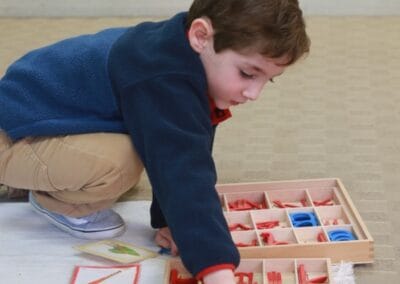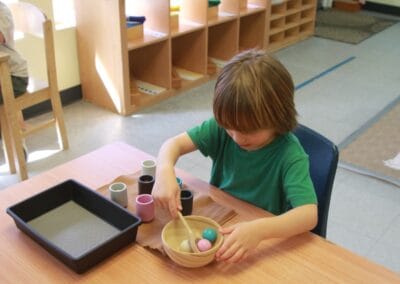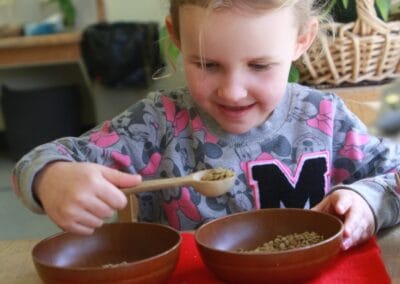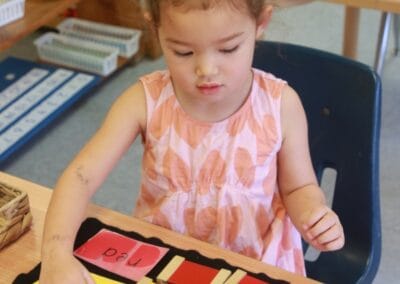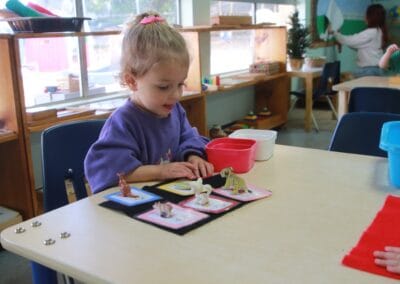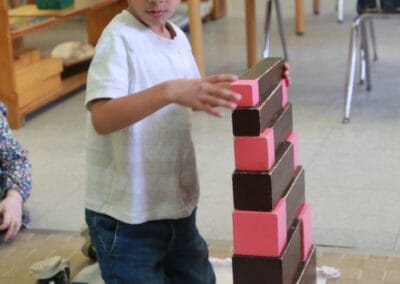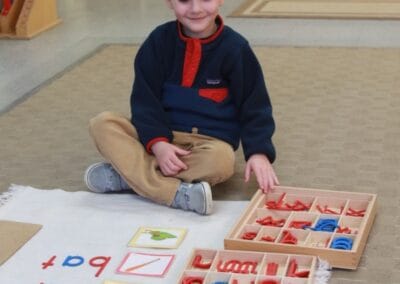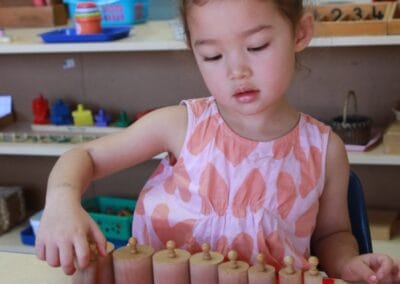Method
“The hand is the instrument of intelligence. The child needs to manipulate objects and to gain experience by touching and handling” – Maria Montessori.
The Montessori Method
Dr. Maria Montessori, originator of the Montessori Method of Education, was the first woman graduate of the University of Rome Medical School in 1907. As a physician treating children with orthopedic conditions and slight retardation, Dr. Montessori developed skill building apparatus to assist in the development of these special children. At this point Dr. Montessori shifted her avocation from medicine to education, approaching the subject as a scientist; she observed and tested her ideas for their validity in aiding children in their growth. This open minded attitude, which requires respect for the child, is the most fundamental aspect of the Montessori Education.
Dr. Maria Montessori
“The child of three, four and five has one intuitive aim: self development. He desperately wants to develop his resources, his ability to cope with a strange, complex world. He wants to do and see and learn for himself, through his senses and not through the eyes of an adult. The child who accomplishes this moves into harmony with his world. He becomes a full person. He is educated.”
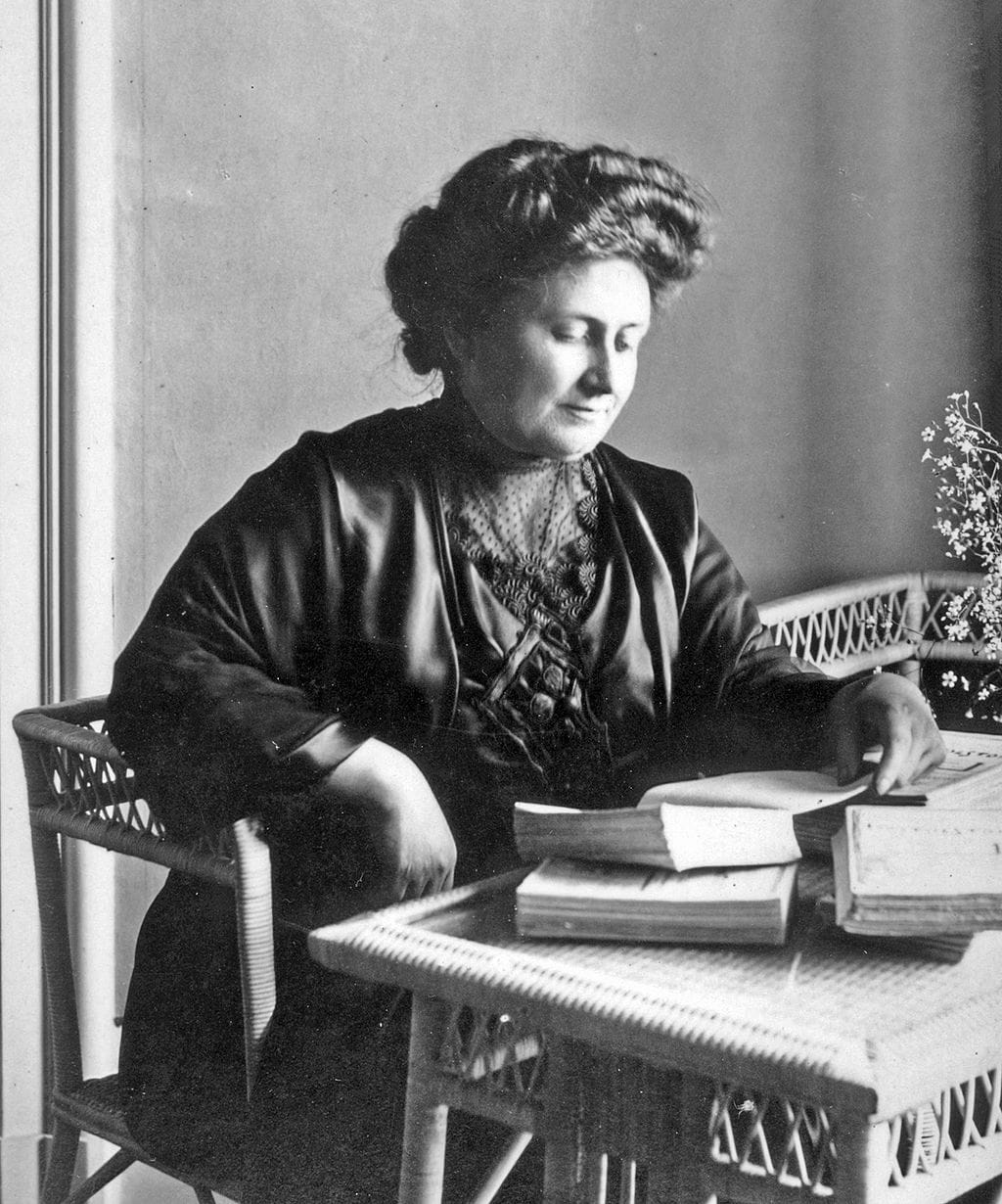

Helping Your Child Explore, Grow, and Learn
Our Montessori teachers are trained to teach respect and positive values through their modeling as well as through the way they teach.
What Our Families are Saying


